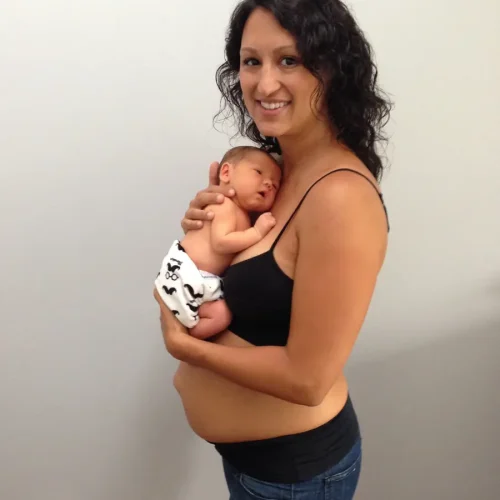Free Diastasis Recti & Pelvic Floor Self-Assessment Guide
Download The Guide
Download my easy to follow step by step guide to help you assess whether or not you have diastasis and/or pelvic floor dysfunction.
I’ve also included a few tips about activities that you might need to take special care with or avoid.

What are diastasis recti and pelvic floor dysfunction?
Maybe you have heard the term “mommy tummy” before, do you experience dribbles or urine leaking. These are both signs of diastasis and pelvic floor dysfunction. There are a host of symptoms that range from in severity, regardless of how minute they may seem, they should be addressed. The smallest symptom can snowball over time.
Why does it Matter?
Before you get started with any type of exercise postpartum it is a good idea to check if you have DR or pelvic floor dysfunction and to what degree. Too much abdominal pressure from exercise or everyday activities like lifting heavy objects (Yup! Lifting that heavy baby 1, 2,… 300 times a day!) can worsen the situation and leave you with aches and pains all over your body.

It Happened To Me!
I had a very active and healthy pregnancy. I was running and exercising into my third trimester. Despite having a 2nd degree tear I felt quite good and ready to get back to running after my 6-week check-up.
I was busy training for a 10km race when things started. I had hip pain, low back pain, my core felt like jelly. Little by little a small drip turned into full on incontinence. I also had an umbilical hernia (it was pre-existing) that increasingly became more painful. I had no idea that I also had diastasis recti.
My body felt completely foreign and out of sorts. I was frustrated and impatient, I wanted to feel STRONG and PAIN FREE!!
I’ve created Post-Baby Core Restore from my own personal healing journey. Over the last 4 years I have supported women through their postpartum journeys and I am here for you too.
Post-Baby Core Restore
